Horrible case of Jameson Whiskey the adventurer who bought a girl to be devoured by cannibals
This Note refers to accusations that the colonialist and heir of whiskey distillation, James S Jameson, bought a girl only to see how she would be devoured by cannibals. These accusations were made in 1890, two years after the alleged incident.
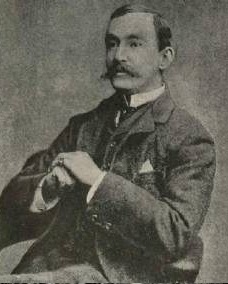
James S Jameson.
Fuente Flickr
story horror shows how darker some people can be when they have enough money to commit the most ruinous and infamous acts and fulfill their fantasies so depraved. As it was in the case of James S Jameson an heir of Jameson Irish Whiskey. His story was published posthumously by his wife and brother in an attempt to combat the allegations of disloyalty, cruelty, cowardice and even murder directed against him by Sir Henry Morton Stanley.
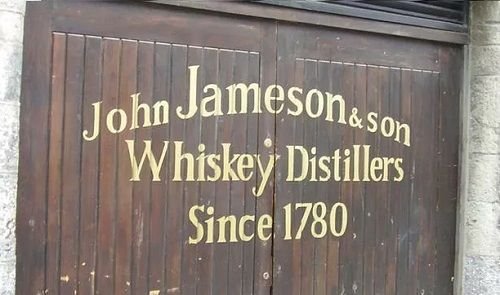
Fuente: Wikimedia Commons
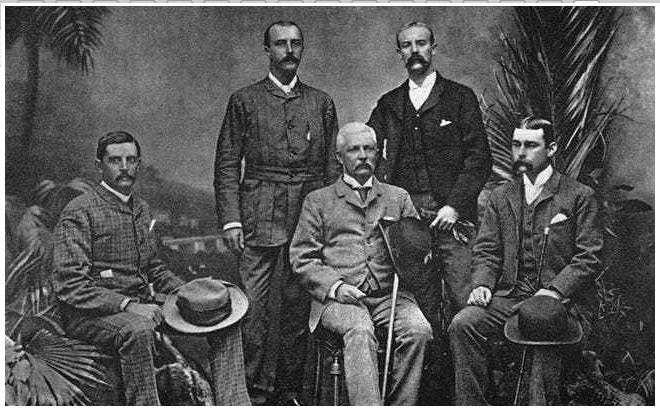
De izquierda a derecha: Dr. Thomas Heazle Parke, Robert H. Nelson, Henry Morton Stanley, William Grant Stairs, William Grant Stairs
Fuente: Wikimedia Commons
Assad Farran was the Syrian translator, who accompanied Jameson on his trip with Tippu Tip. being the same Farran who made the complaint against Jameson about this incident of his trip
Barttelot was an official colleague of Jameson, left the command of the back column in Yambuya in the present Democratic Republic of the Congo. Barttelot would eventually be shot when he tried to hit a woman, at the same time that Jameson died of fever elsewhere.
Tippu Tip was a notorious blind slave merchant, owner of plantations, and who worked for a succession of Zanzibar sultans. Get to know each other thanks to his cruelty and eventually he will become very rich and powerful. By all accounts, he was a fearsome man.
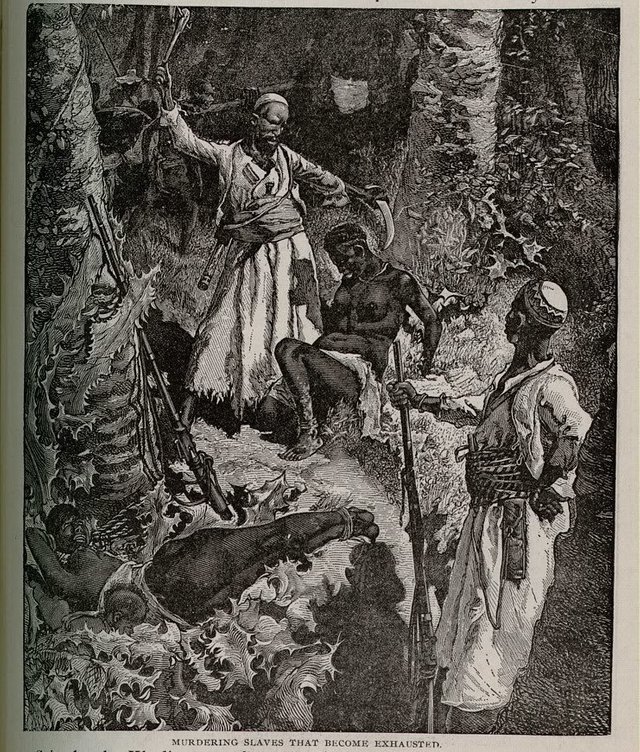
Emin Pasha was virtually the paradigm as a character of Jules Verne. A doctor and German naturalist appointed governor of Equatoria.
Sir Henry Morton Stanley (of the fame of Dr. Livingstone), was hiring King Leopold of Belgium to install a Belgian colony, the Free State of the Congo. Stanley was one of the leaders of the expedition to "rescue" Emin Pasha.
Jameson met with Tippu Tip and his translator Assad Farran in Ribakiba (or Ribaruba or Riba Riba, depending on the source, the names of the places were a flexible phoneticization of the vernacular). Now known as Lokandu, it is a municipality in the Republic Democratic Republic of the Congo and is located in the center of Africa.
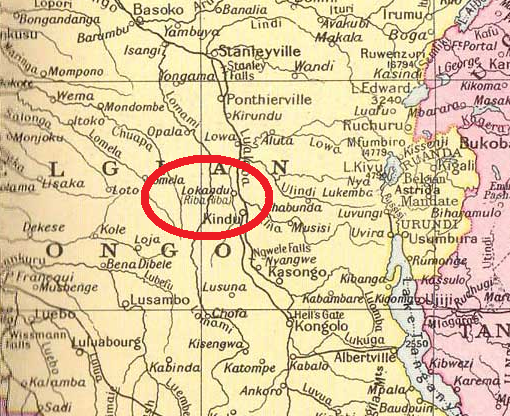
Mapa de la década de 1930 del Congo belga con el área en cuestión destacada
At that time Ribakiba was a commercial stop on the Lualaba River in the Congo. It was an important stop on the trade routes of slaves and ivory, a city without law. The men were there looking for porters, of which eventually they would get 400 people.
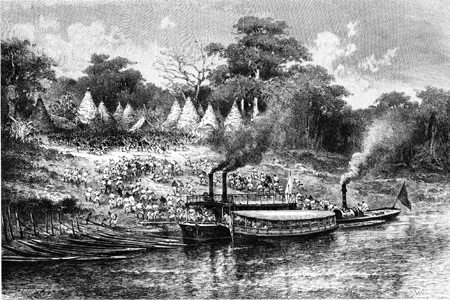
Rio Yambuya Congo 1890 Typical 19th century African trading post
The objective of the expedition was to the besieged Emin Pasha. It was a true expansionist expansion, devised by the Belgian reality and that employed the European cooperativists. An exploratory trip to the heart of the "darkest Africa". By that time King Leopold, needed vast tracts of sub-Saharan real estate to compete with other European monarchs. Being they who should evaluate these lands.
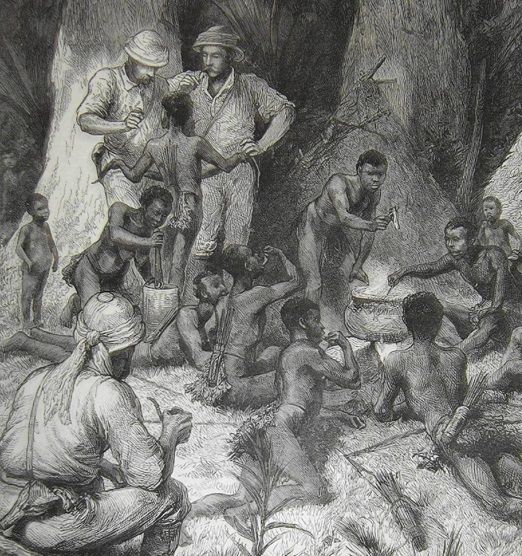
Jameson and Barttelot remain in command of the back column of the expedition. When Sir Henry Morton Stanley returned, he discovered that only 60 of the 271 men were still able to serve. The conditions were described in dismal detail by Assad Farran in his affidavit.
Barttelot and Jameson claimed that their station was remote and isolated. King Leopold had promised Boats to steamers for the expedition that had not materialized, thus being forced to use ships that could be transported and dismantled.
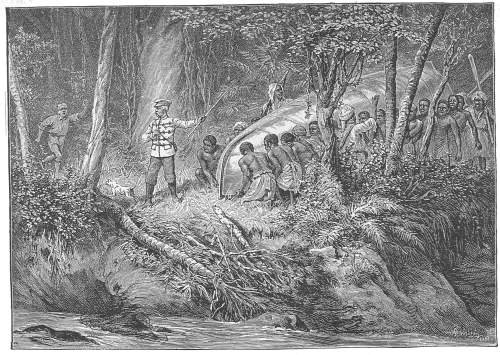
On February 25, 1886 the expedition left Zanzibar towards the heart of Africa.
The Affidavit of Assad Farran and his accusation
Where he set the scene by describing the cruelty and severity in the Yambuya camp. I relate that the camp was divided into factions, because of the laissez-faire attitude adopted by the camp commanders.
Farran told how, Ribakiba and Jameson had told him that he was curious about the practice of cannibalism, which he believed was common among the natives. supposedly he was right, it was partially common. Jameson wanted to see what it would be like to witness such an act and decided to buy a slave for the purpose. He paid six handkerchiefs for a 10-year-old girl.
next to a group of men, he took her to the cannibals' cabin. Through the interpreter, the men were told: "This is a gift from a white man who wishes to see it eaten."
The girl was tied to a tree and made a fold in the belly with a knife. She looked around for help from the hostile group that surrounded her. The girl remained silent as blood gushed from her abdomen. Already resigned to his destiny. When he died of blood loss, several men who had sharpened their knives were cut to pieces.
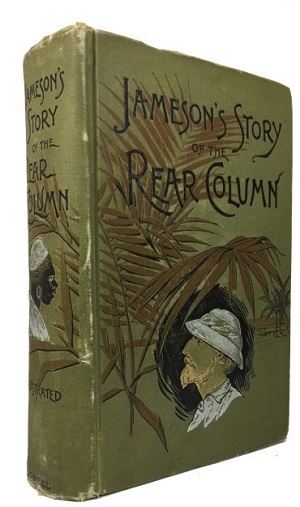
Farran told how Jameson drew and sketched during the whole act. Jameson, he said, then made these sketches with 6 delicate watercolors: the child was taken away, the blood stinging and effusive, the dissection and the final butchery. Jameson showed his works to the chiefs of the tribe for approval.
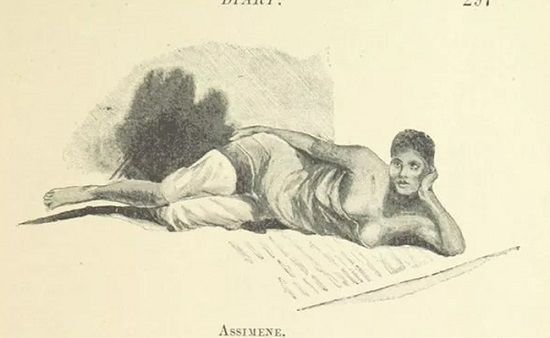
A letter appeared in the New York Times on November 15, 1890. His defense was posthumously made through his wife's correspondence with the newspaper, which consisted of a letter that Jameson had written to Sir William McMackinnon. The letter had been composed, while Jameson was dying, in Stanley Falls, on August 3, 1888. Strangely, it deals with minor details and accusations that would only come to light two years later in the affidavit made by Farran, which It gives some credibility to these accusations.
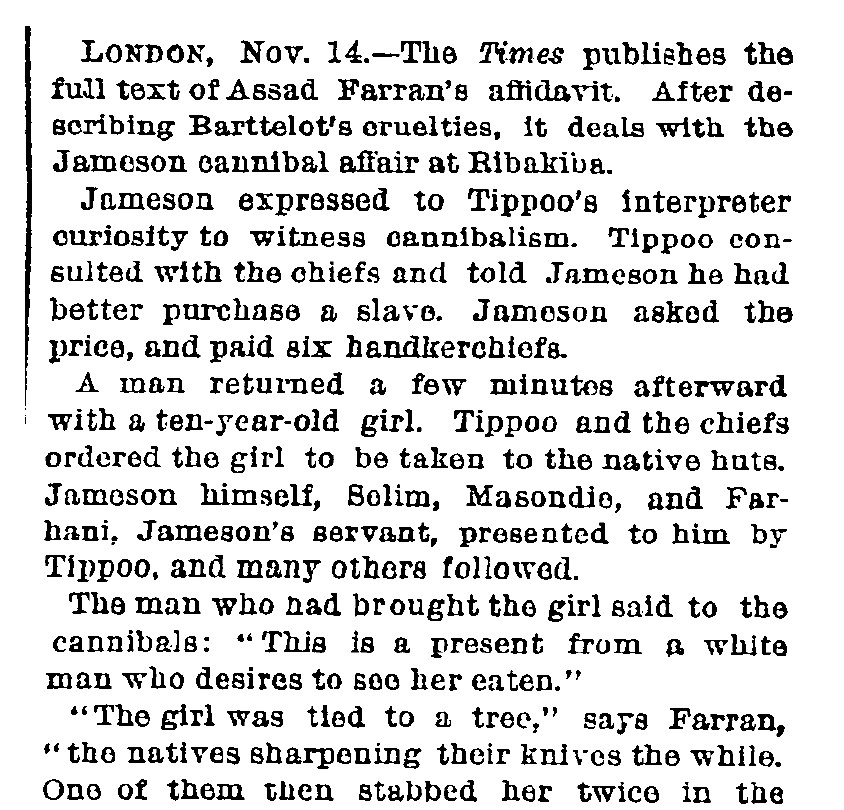

In the letter Jameson described how he was taken to the house of the local chief where a cannibalism ceremony was taking place. Jameson told Tippu that he would witness cannibalism. Jameson replied negatively, said it was impossible and that he did not want to believe it could happen. Tippu, he said, insisted and requested 6 handkerchiefs so he could prove he was wrong. At this point, Jameson admits that he provided the handkerchiefs. This would lead to thinking and doubting the version of his story and someone asking why he had those items, or why he took the trouble to get and provide such a payment that would ensure the death and consumption of a girl, a death to the which is claimed to be completely real. In any case, all the stories in the story corroborate that the life of a girl was worth only 6 white handkerchiefs.
Jameson said that everything happened too fast to have time to sketch, if he had wanted to, and then he says again that he did not do it because he was shocked. And like any defendant or suspect of a crime Jameson happened to accuse Assad of fraud in deals with camels, in a weak and little veiled attempt of murder of people, there can be some truth in the accusations, particularly in light of the description Stanley's dismissive character of Jameson.
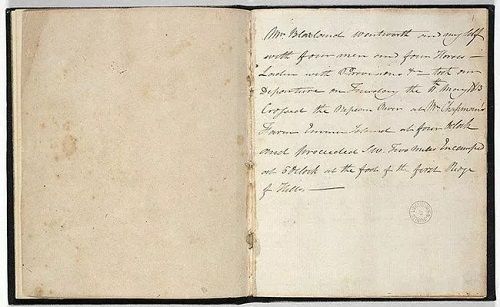
Source: State Library of New South Wales
The Congo at that time was a dangerous and unstable place. The Luba Kingdom emerged in the sixteenth century to eventually become a victim of expansionism by European explorers in the late nineteenth century. A darker Africa, a continent of myths, legends and full of dangers, a land that could devour the unsuspecting. Dangerous land beyond the reach of the law.
Assad was forced by Sir Francis to sign a statement that the story was not true. Sir Francis de Winton, general administrator of the Belgian Congo and secretary of Emin Pasha Relief Expedition, had much to lose if it was believed that under his watch the men supported acts of cannibalism.
Below I leave some data in case you want to get more information or investigate a little more about this dark and decadent story of that expedition that left on February 25, 1886
Bibliography
The Emin Pasha Relief Expedition, 1886-1890, Iain R. Smith, Oxford University Press, 2002
Wikipedia entry for Emin Pasha Relief Expedition
The Horrible Jameson Affair - Assad Farran tells his story of cannibalism, The New York Times, November 14, 1890
Jameson's Story - A letter explaining the cannibal incident, The New York Times, November 15, 1890
Metafro Infosys is a Belgian catalog currently in disuse of data sets and data sources related to Central Africa
Metafro Infosys has moved all its contents to the Royal Museum of Central Africa
Congratulations @georgiandi! You have completed some achievement on Steemit and have been rewarded with new badge(s) :
Click on any badge to view your own Board of Honor on SteemitBoard.
For more information about SteemitBoard, click here
If you no longer want to receive notifications, reply to this comment with the word
STOP